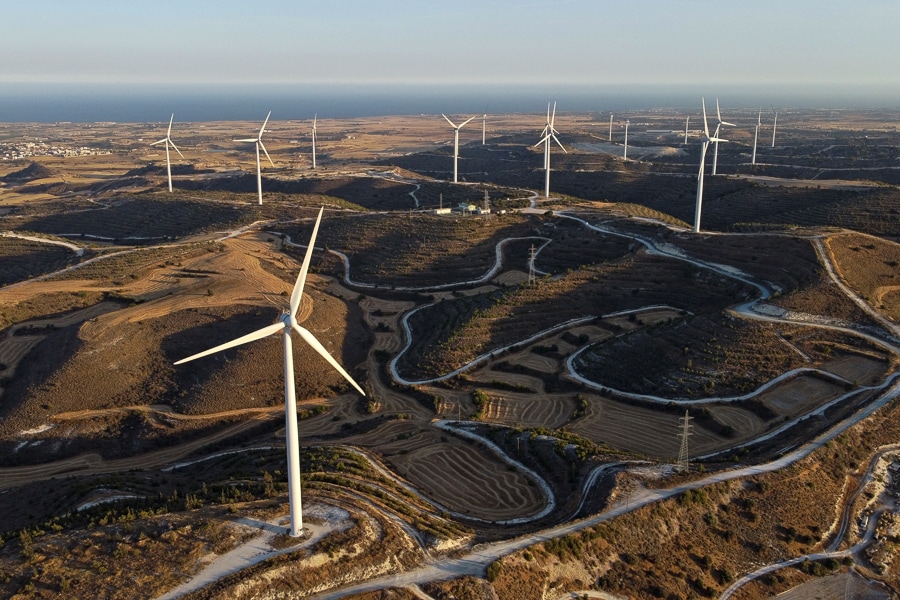
How to keep a world addicted to fossil fuels liveable
The UN Intergovernmental Panel on Climate Change on Monday presented options for slashing greenhouse gas emissions and extracting CO2 from the air to avert catastrophic climate change
 Global wind capacity grew by 70 percent while solar photovoltaic (PV) rose by 170 percent from 2015 to 2019. But solar and wind together only accounted for eight percent of total electricity generation in 2019.
Image: Roy Issa/ AFP
Global wind capacity grew by 70 percent while solar photovoltaic (PV) rose by 170 percent from 2015 to 2019. But solar and wind together only accounted for eight percent of total electricity generation in 2019.
Image: Roy Issa/ AFP
The UN Intergovernmental Panel on Climate Change on Monday presented options for slashing greenhouse gas emissions and extracting CO2 from the air in order to avert catastrophic climate change.
Burning fossil fuels and deforestation have heated Earth's surface 1.1 degrees Celsius above mid-19th century levels, and nations have pledged under the 2015 Paris Agreement to cap global warming at "well below" 2C, or 1.5C if possible.
Here are some of the landmark 2,800-page report's key findings:
Peak emissions by 2025
Failing to sharply curb greenhouse gas emissions beyond national pledges before 2030 would put a 1.5C world "beyond reach".
Current carbon-cutting policies would lower emissions only slightly by 2050, leading to global warming of 3.2C by century's end.







